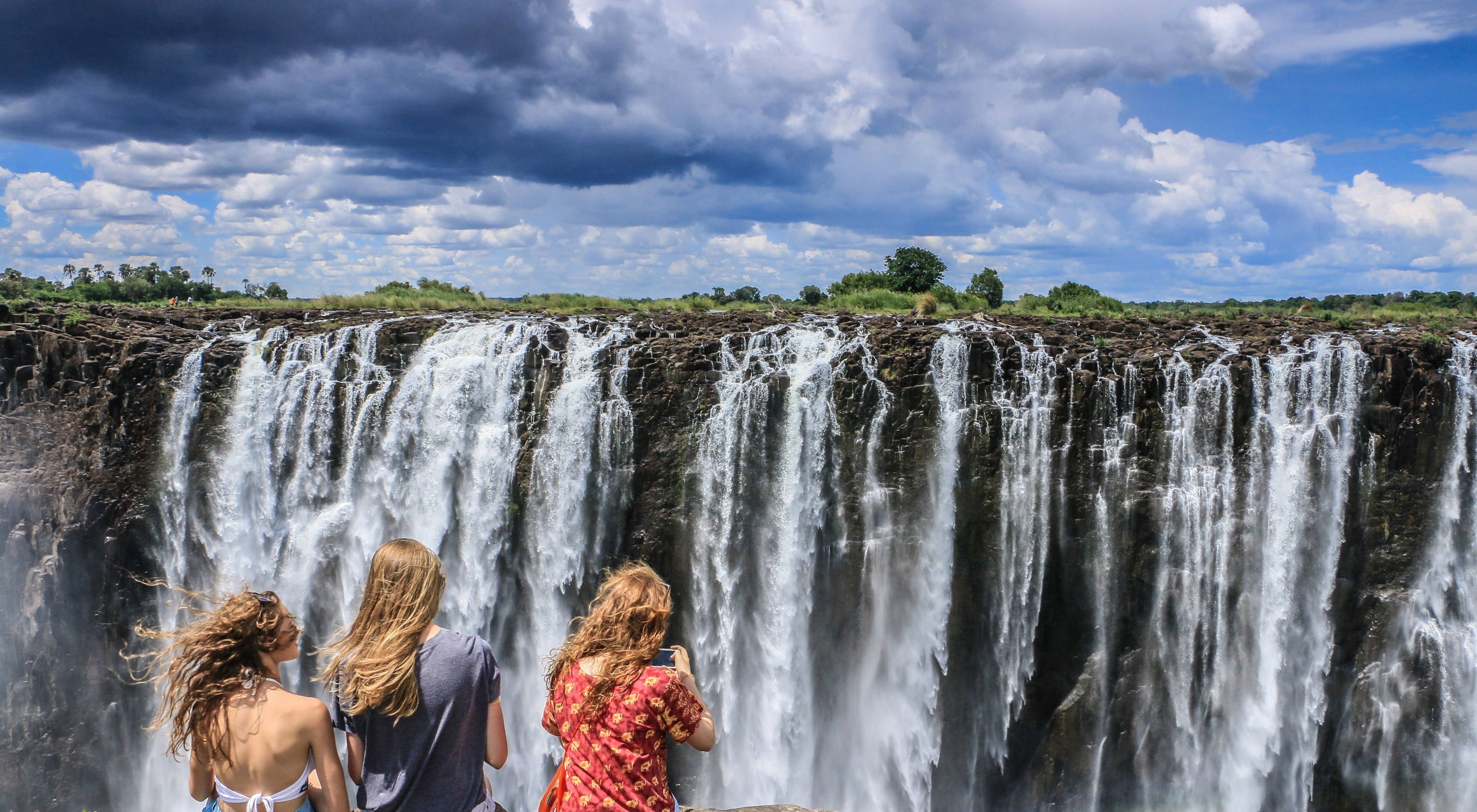Blitz News Digest
Stay updated with the latest trends and insights.
When Nature Steals the Show: Capturing the Wild Side of Life
Discover breathtaking moments as nature takes center stage, showcasing the wild side of life in stunning detail. Don't miss these incredible stories!
5 Essential Tips for Capturing Stunning Wildlife Photography
Capturing stunning wildlife photography requires not only patience but also a strategic approach. Here are 5 essential tips to enhance your skills:
- Know Your Subject: Research the behavior and habitat of the wildlife you wish to photograph. Understanding their routines will allow you to anticipate their actions and be in the right place at the right time.
- Use the Right Equipment: Invest in a camera with a fast shutter speed, a good zoom lens, and a sturdy tripod. This equipment will help you capture sharp images even in unpredictable conditions.
Furthermore, consider the following tips to optimize your wildlife photography:
- Be Patient: Wildlife photography is often about waiting for the perfect moment. Spend time in nature and be prepared to wait quietly for the animals to appear.
- Pay Attention to Lighting: The quality of light can make or break your photograph. Early mornings and late afternoons provide the best natural lighting, enhancing colors and reducing harsh shadows.
- Practice Ethical Photography: Always respect the wildlife and their habitats. Maintain a safe distance and avoid disturbing their natural behavior to ensure you are capturing moments without causing harm.

How to Observe and Photograph Animals Without Disturbing Their Natural Habitat
Observing and photographing animals in their natural habitats can be a rewarding experience, but it is essential to respect their environment. To begin with, research the species you wish to observe; understanding their behavior and habitat requirements can help you avoid unnecessary disturbances. When you arrive at the observation site, maintain a safe and respectful distance, using binoculars or a telephoto lens to capture images without encroaching on their space. Consider visiting during dawn or dusk when animals are most active, which can also provide better lighting conditions for photography.
In addition to maintaining distance, always practice leave no trace principles. This includes minimizing noise, avoiding bright lights, and ensuring that you don’t alter the landscape or disturb any surroundings. Consider using natural camouflage clothing to blend into the environment, which can help you stay inconspicuous. Finally, respect any guidelines or rules set by wildlife reserves or parks, as they are in place to protect both the animals and their habitats. By following these tips, you can enjoy the beauty of wildlife photography while being a responsible observer.
The Fascinating Role of Wildlife in Ecosystem Balance: Why It Matters
The role of wildlife in maintaining ecosystem balance is both fascinating and critical. Each species, from the tiniest insects to the largest mammals, plays a unique part in their habitat. For instance, predators help control prey populations, which in turn supports vegetation health. Without these natural checks and balances, certain species could overpopulate, leading to resource depletion and habitat degradation. This intricate web of interactions, known as the food chain, highlights how wildlife contributes to the stability and resilience of ecosystems.
Moreover, wildlife fosters biodiversity, which enhances ecosystem productivity and sustainability. A diverse range of species ensures that ecosystems can better withstand disturbances, such as climate changes or human impacts. Key functions performed by wildlife, such as pollination, seed dispersal, and nutrient cycling, are essential for the survival of countless plant species and, therefore, the overall health of the ecosystem. Maintaining biodiversity is not merely an environmental concern; it's crucial for human well-being, as it directly affects our food security, health, and quality of life. Thus, understanding the fascinating role of wildlife is key to realizing why it truly matters.